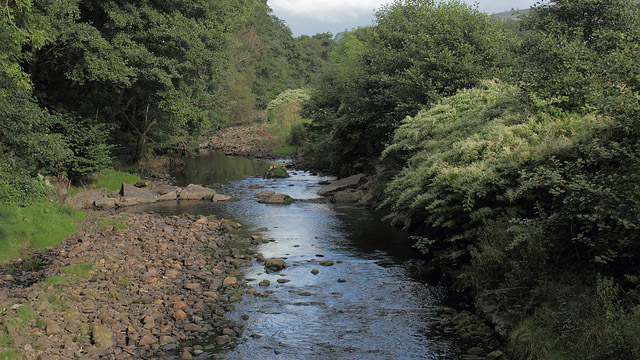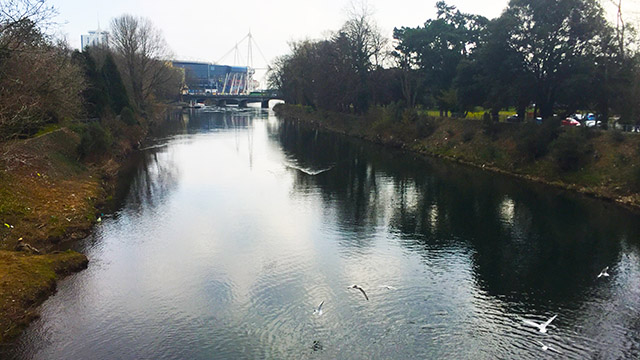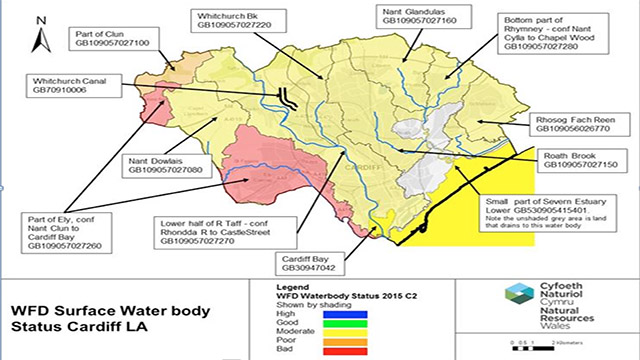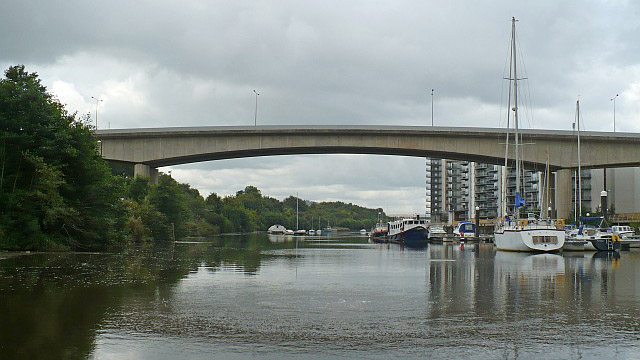Pollution in South Wales rivers is damaging wildlife and the environment, a report warns.

Two years ago, fishermen saw a number of Atlantic salmon jumping the weir and travelling up the Taff. For the first time in 200 years, salmon had started spawning in the upper reaches of the Taff. Things, however, will be different this year.
A report titled ‘River Pollution in Cardiff’, released by Cardiff Council’s Environmental Scrutiny Committee, has put the issues of the water quality of the city’s rivers and pollution in South Wales rivers in the spotlight.
Cardiff is located on a large floodplain which hosts three rivers: the Taff, Ely and Rhymney. The three rivers flow into the Bristol Channel and along with a series of supporting tributaries, they provide drainage for a large section of South East Wales.

“The three rivers have played an essential role in the economic, geographical and social development of Cardiff,” says Julie Richards, the communications officer of Natural Resources Wales. “They continue to play an important role by supporting a healthy environment, providing leisure opportunities, generating energy, supporting the local economy and facilitating drainage.”
Conservation bodies like Natural Resources Wales and Dwr Cymru Welsh Water are working on the protection and improvements of water quality and the ecological status.

Dai Walters, Environment Team Leader at the Environment Agency, talked about the specific pressures on the surface water environment for the three rivers. The status has been divided into five levels: high, good, moderate, poor and bad.
“[The status of] most of these water bodies is classed as ‘moderate’,” Walters said. Some, like the part from conf Nant Clun to Cardiff Bay of the Ely, are marked as ‘bad’.
“The invertebrates and fish fauna have been impacted by pollution incidents from unknown sources likely to originate from the Clun catchment upstream,” he added.
Part of Clun is marked ‘poor’ describing that the water body has been polluted from a number of sources.
“In recent years, this water body has been polluted from sewage treatment works, combined sewer overflows and misconnections, along with pollution incidents from unknown sources,” Walters added.
Apart from Natural Resources Wales, scientists from Cardiff University are also exploring the impact of pollution on wildlife and trying to ascertain the reasons for pollution. Their research has suggested that wild birds nesting along urban rivers in South Wales are being affected by harmful pollutants.

Professor Steve Ormerod from Cardiff University School of Biosciences, who has spent 35 years investigating rivers, said, “Pollutants are still a source of concern for the wildlife along Britain’s urban rivers despite very major recovery from the gross pollution problems of the past.”
Top predators like dippers are considered valuable for determining the river pollution. They can help assess if urban contamination is causing damage to wildlife reproduction and development.
“Wild birds, such as dippers, are very important indicators of environmental well-being and food web contamination,” Ormerod added. “We need to know if other species – or even people – are at risk too.”
Scientists also pointed out the connection between river biodiversity and climate change. Climate change is increasingly affecting the survival of wildlife and river habitats. A growing body of evidence shows that damagingly higher temperature causes significant reductions in insect numbers and local species.
“In rivers, reducing pollution or restoring bankside broadleaves appear to be very effective ways to increase resilience, but these actions take decades,” Ormerod said. “We want to impress on the decision makers the urgency of taking action now to protect against climate change effects in future.”

